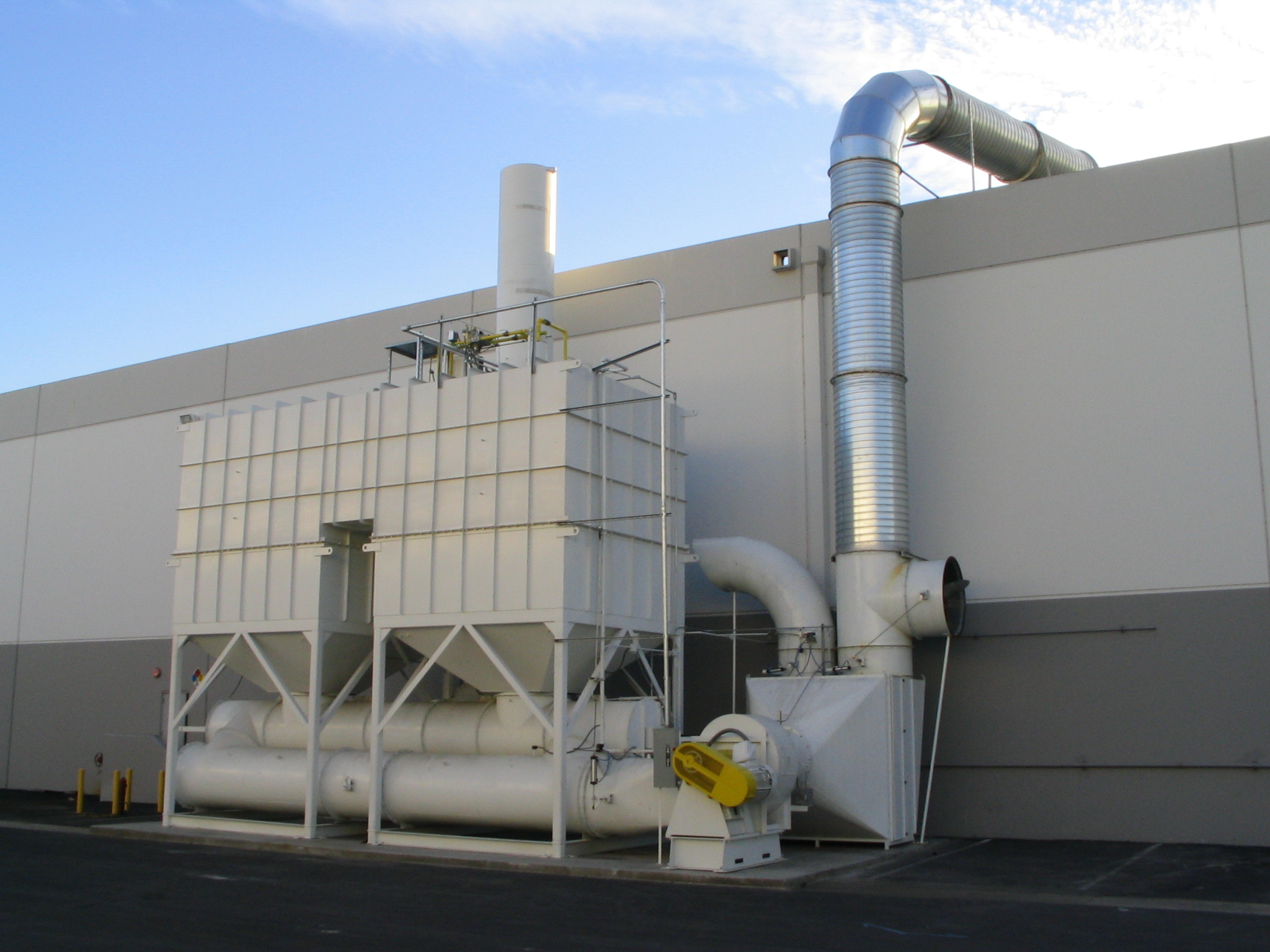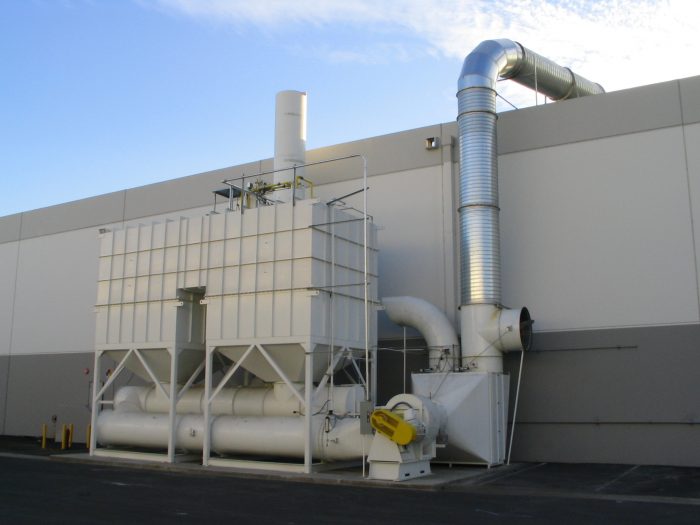
Industrial Thermal Oxidizer Applications & VOC Emission Solutions
May 12, 2016 3:35 pmIndustrial Thermal Oxidizer Applications & VOC Emission Solutions

Manufacturers have a variety of air pollution control solutions to handle VOC emissions. Industrial Thermal Oxidizers are one of the most efficient ways to reduce and destroy emissions from several different types of manufacturing application such as flexographic, gravure printing, polystyrene, composites, fasteners, packaging and many more just to name a few.
Highly efficient and versatile, the Regenerative Thermal Oxidizer is an ideal solutions for low volatile organic compound (VOC) concentrations, during long continuous operations. This technology lowers operating costs for high air flow and allow the clean hot air to be captured (at up to 97%) instead of polluting the working environment, community and atmosphere.
Regenerative Thermal Oxidizer
The RTO is effective at reclaiming effluent heat and are typically capable of sustaining combustion temperatures without any supplemental fuel, utilizing the VOC as its only heat source. Making them an optimal choice for air pollution control equipment for many manufacturing processes with VOC or HAP emission sources.
Thermal Recuperative Oxidizers
Thermal Recuperative Oxidizers feature a primary and/or secondary heat exchanger within their systems. The primary exchanger preheats the incoming VOC or HAP air flow by recovering heat from the exiting clean air. As the incoming air passes on one side, hot clean air from the combustion chamber passes on the other side. The heat is then transferred to the incoming air using the metal as the heat transfer medium. The secondary heat exchanger process works similarly, but the air being heated by the outgoing clean process stream is returned to another part of the plant for space heating or heat for other processes. This type of configuration for the oxidizer is an optimal solution for applications where either particulate is present, or when a large amount of energy or heat is needed for space heating or elsewhere in a plant.
Catalytic Oxidizers
Catalytic oxidizers leverage a substance (catalyst) to enhance the reaction which works to lower operating temperatures and in turn lowering the energy requirements for the process. Oxidation occurs through a chemical reaction that is internal to the oxidizer system. The catalyst accelerates the rate of the reaction, allowing it to occur in a normal temperature range of 550°F – 650°F (275ºC to 350ºC). You will commonly see catalytic oxidizers used in painting, laminating or chemical applications where consistent VOCs are present.
Air pollution control equipment selection is very dependent upon the process and emission sources and conditions. The Industrial Thermal Oxidizer alternatives listed above are an overview of the ways to address the plant-appropriate manufacturing requirements. Ship & Shore offers a thorough analysis of a company’s product and process. Once the data and conditions are established a custom solution is recommended for an air pollution control system that will achieve the objective in a cost-effective way that supports the efficiency and productivity of operations.
Ship & Shore helps manufacturers maintain compliance with complete environmental solutions for air pollution abatement and energy and heat recovery systems for maximum efficiency and cost-effective operations. Call or Email us today to see how current and coming regulations may affect your manufacturing application. Your project may be eligible for significant cash incentives from energy efficiency programs! Call 562.997.0233 or EMAIL us by clicking here.
Categorised in: Air pollution, Energy, EPA, Green Energy, News, News, Technical, Uncategorized

